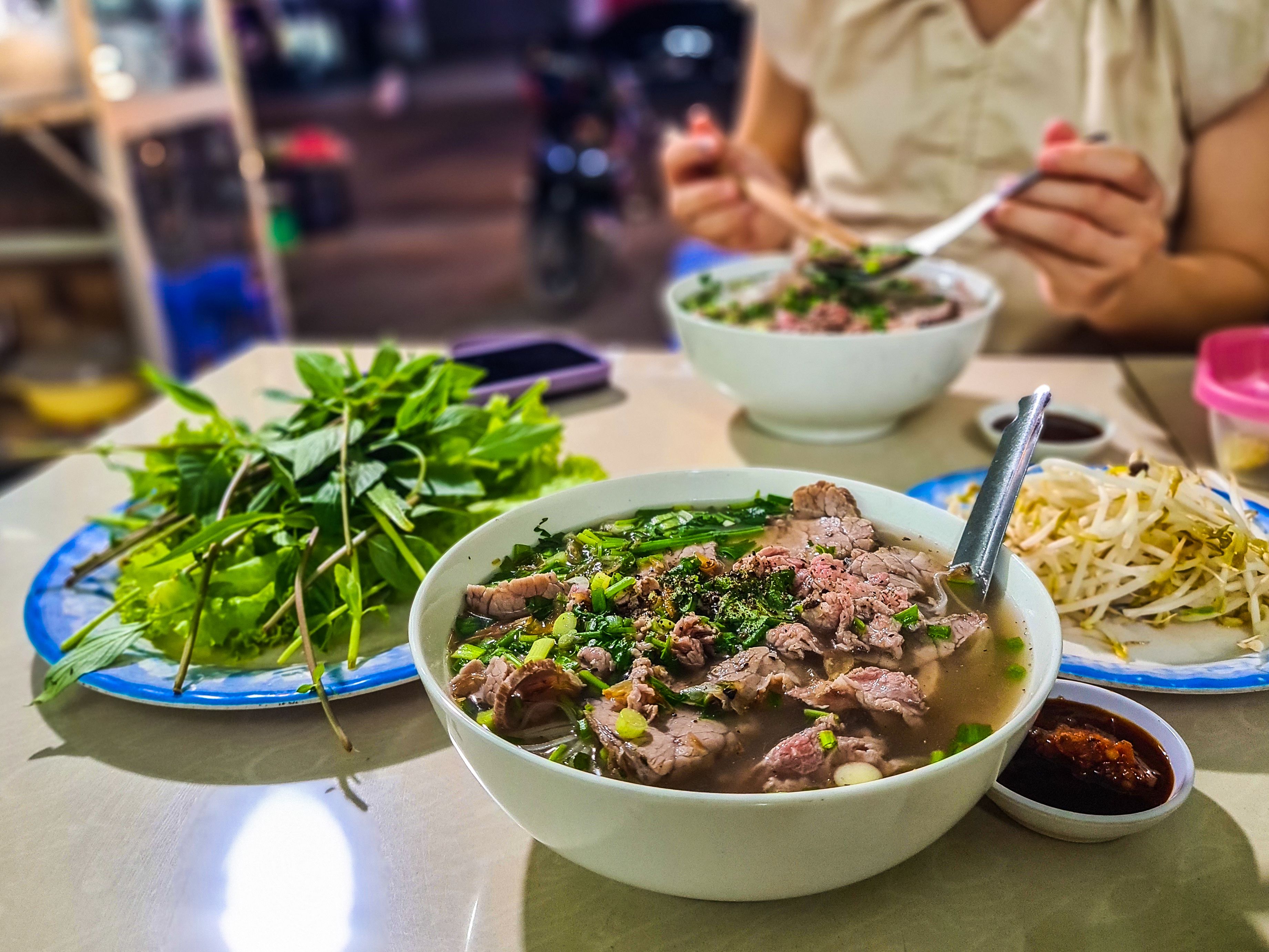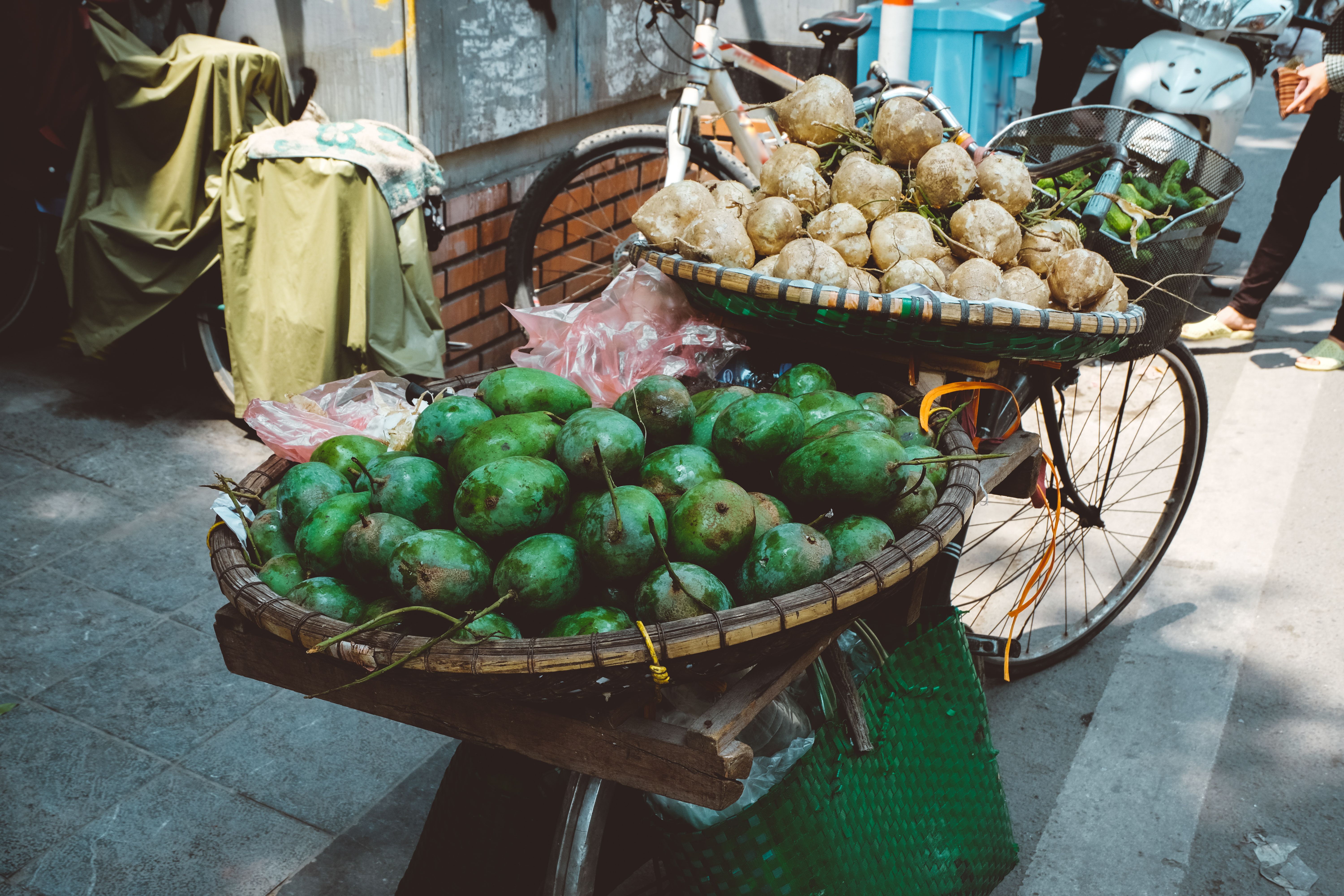Exploring the Flavors of Vietnamese Cuisine
Introduction to Vietnamese Cuisine
Vietnamese cuisine is a vibrant and diverse culinary journey that tantalizes the taste buds with its bold flavors and unique combinations. Known for its balance of fresh herbs, rich broths, and savory ingredients, Vietnamese food offers an unforgettable dining experience.
With influences from China, France, and neighboring Southeast Asian countries, Vietnamese cuisine stands out for its emphasis on freshness and simplicity. Let's delve into this rich culinary landscape and explore the flavors that make Vietnamese cuisine so special.

The Harmony of Flavors
One of the defining characteristics of Vietnamese cooking is its focus on balancing the five fundamental taste elements: sweet, salty, bitter, sour, and umami. This harmony is achieved through the use of ingredients such as fish sauce, soy sauce, lime juice, sugar, and fresh herbs like mint and basil. Each dish is crafted to achieve a perfect blend, ensuring that no single flavor overpowers the others.
For example, a classic bowl of pho combines a rich beef broth with rice noodles, fresh herbs, and a splash of lime juice. The result is a comforting dish that is both flavorful and aromatic.
Popular Vietnamese Dishes
Vietnamese cuisine offers a wide array of dishes that cater to various preferences. Here are some popular options:
- Pho: A noodle soup with either beef or chicken, served with fresh herbs and lime.
- Banh Mi: A French-inspired sandwich with a Vietnamese twist, featuring pickled vegetables, cilantro, and various proteins.
- Goi Cuon: Fresh spring rolls made with rice paper, filled with shrimp, pork, and fresh vegetables.

Fresh Ingredients and Unique Techniques
The use of fresh ingredients is paramount in Vietnamese cooking. Vegetables like bean sprouts, lettuce, and cucumbers are commonly used to add crunch and freshness to meals. Additionally, aromatic herbs such as coriander and lemongrass are staples in many dishes.
Vietnamese chefs often employ unique cooking techniques such as steaming, grilling, and stir-frying to preserve the natural flavors of their ingredients. These methods not only enhance taste but also ensure that dishes remain healthy and nutritious.
Regional Variations
Vietnamese cuisine varies significantly from region to region. The northern part of Vietnam is known for its hearty soups and subtle flavors. Central Vietnam boasts spicy dishes with complex flavors. Meanwhile, the south is famous for its sweeter dishes and plentiful use of coconut milk.

The Role of Street Food in Vietnamese Culture
Street food plays a vital role in Vietnamese culinary culture. Bustling markets and street vendors offer a diverse range of quick bites that are both delicious and affordable. From sizzling skewers to mouthwatering noodle dishes, street food provides an authentic taste of Vietnam's culinary heritage.
Sampling street food is an integral part of experiencing Vietnamese cuisine. Whether you're enjoying a bowl of pho or savoring crispy spring rolls on the go, the vibrant street food scene is a feast for the senses.
Conclusion
Exploring the flavors of Vietnamese cuisine is an adventure filled with delightful surprises and diverse tastes. Whether you're enjoying a meal in a restaurant or sampling street food from a local vendor, each bite offers a glimpse into Vietnam's rich cultural tapestry.
The next time you crave something fresh and flavorful, consider diving into the world of Vietnamese cuisine. Your taste buds will thank you for it!
